Author and academic J.R.R .Tolkien changed our world by creating an imaginary world. Fantasy was not new when The Hobbit was first published in 1937. Edgar Allan Poe, Oscar Wilde, George MacDonald, William Morris, and L. Frank Baum had written in the genre. But Tolkien invented 'high fantasy'. Authors of high fantasy build a new world by developing rich historical details around characters, places, landscapes and cultures.
Tolkien never expected his stories to become popular, and he didn’t enjoy true commercial success as an author until after his retirement from teaching in 1959. The Hobbit was written for his children but Susan Dagnall, who worked at publisher George Allen & Unwin, persuaded Tolkien to submit the story for publication. The first 1,500 copies sold out quickly – even in those early days, the story of Bilbo Baggins, Gandalf, Smaug and Gollum appealed to both adults and children.
Tolkien wrote The Lord of the Rings only after Allen & Unwin asked for a follow-up to The Hobbit. The Lord of the Rings is a more complicated affair, filled with crisscrossing back stories, intermingling cultures, and ancient, dwindling hierarchies. It is the story of good versus evil and the old versus new.
The Lord of the Rings was almost not published. After falling out with Allen & Unwin, Tolkien offered the story to another publisher, William Collins, who wanted to cut the story’s length. Tolkien refused and returned to Allen & Unwin who published it in three volumes to spread the cost… and perhaps the risk. Little did they know that the vibrant detail of The Lord of the Rings would create a new cultural genre.
Tolkien’s books didn’t become true bestsellers until the 1960s when American paperback editions and the Hippie culture of freedom and creativity made high fantasy more palatable to the general public.
In 1965, Ace Books published an unauthorised paperback edition of Lord of the Rings and a dispute followed. Shortly after, Ballantine Books and Houghton Mifflin released authorized editions and the novels took off. By December 1966, the Ballantine edition was number one on the NY Times paperback bestseller list. Middle-earth has been a literary destination ever since.
Tolkien was an academic expert on language, mythology and legend. From Beowulfto Arthurian legend, he understood how a story was passed down through the oral tradition. He also understood the elements of a good adventure — an epic journey, tests of strength and intelligence, flawed characters, and the final confrontation. Through his work, Tolkien paved the way for countless modern authors who world-build with their fantasy stories.
Tolkien’s life itself is filled with stories. He lived through two World Wars. He fought in the World War I, and experienced shocking horrors in the trenches. He studied and then taught at Oxford University. He married the love of his life, Edith, and shared beers with fellow fantasy author C.S. Lewis and the other Inklings.
If you want to know more about Tolkien's life, readJRR Tolkien: A Biography by Humphrey Carpenter. This authorised biography was published in 1977, and multiple editions have been released. Carpenter was given access to Tolkien's papers, and also interviewed his friends and family. He took a broad look at the writer, who lived a quiet life in Oxford. In the biography, Carptenter describes Tolkien’s writing process and influences.
Books about J.R.R. Tolkien
Facts about J.R.R. Tolkien
Full name: John Ronald Reuel Tolkien
Born: 3 January 1892 in Bloemfontein, South Africa
Died: 2 September 1973 in Bournemouth, UK
Family: Married Edith Bratt in 1916. Four children – John, Michael, Christopher and Priscilla
Army: Lieutenant in Lancashire Fusiliers 1915-1920
Oxford University: Student at Exeter College 1911-1915. Professor of Anglo-Saxon at Pembroke College 1925-1945, Professor of English Language and Literature at Merton College 1945-1959
Honours: Appointed CBE (Commander of the Order of the British Empire) in 1972.
Archives: Marquette University in Milwaukee, Wisconsin, and the Bodleian Library in Oxford.
Grave: Wolvercote Cemetery on the outskirts of Oxford.
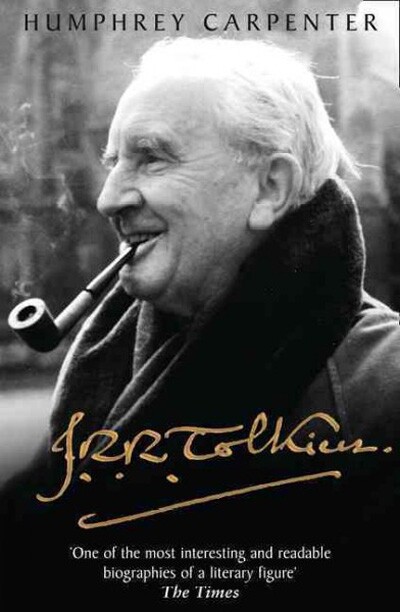
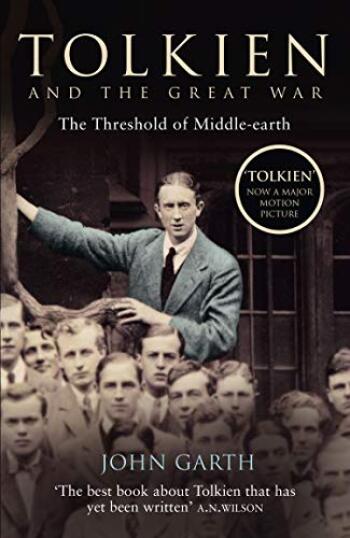

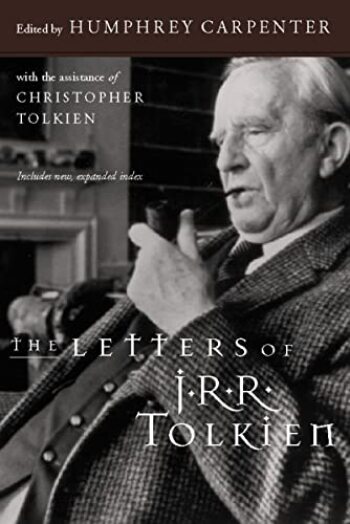


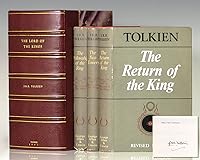




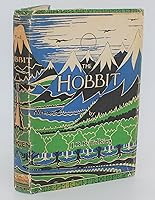
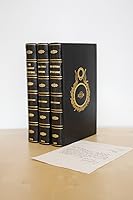
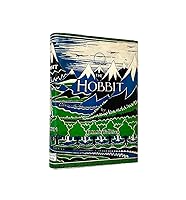
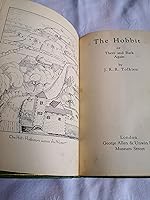
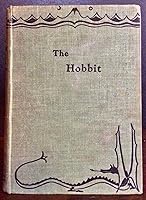
No comments:
Post a Comment